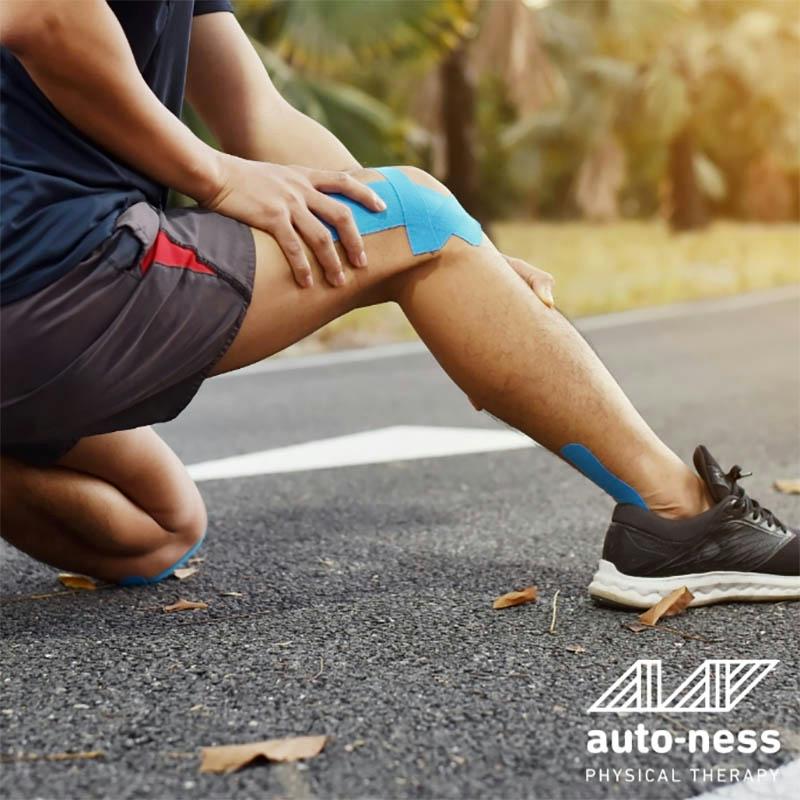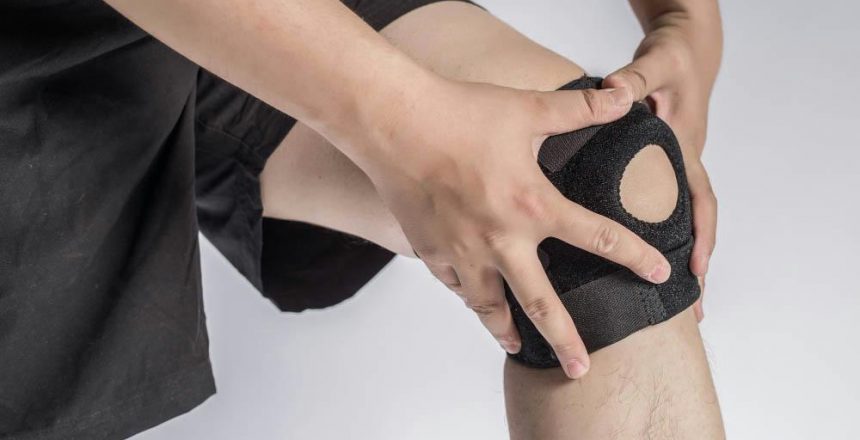On Your Mark, Get Set, Go: Runner’s Knee Explained
If you’re an active adult who enjoys running, you’re likely familiar with the term “Runner’s Knee.” This condition can be a significant obstacle, but with the right strategies, you can manage it effectively. Our guide dives into the latest sports medicine information to give you actionable tips to keep you running strong.
The Starting Line: What is Runner’s Knee?
Known medically as patellofemoral pain syndrome, Runner’s Knee is characterized by pain around the front of the knee. Causes can range from excessive training and muscle imbalances to issues like flat feet.
Quick Tip: Knee braces or supportive gear can offer temporary relief and can be a helpful aid while you work on long-term solutions.
The Anatomy Lesson: Understanding Knee Mechanics
Your knee is a complex joint that relies on a network of muscles, ligaments, and tendons. Imbalances or weaknesses in this network can contribute to Runner’s Knee.
Pro Trick: To better understand your knee mechanics, consider a gait analysis. This can highlight any running form issues contributing to your pain.
Your Training Plan: The Role of Physical Therapy

Physical therapy has been shown to be an effective treatment for Runner’s Knee, especially when exercises are tailored to individual needs.
Pro Trick: Include knee-strengthening exercises like quadriceps sets, straight leg raises, and squats in your regimen. These exercises can help stabilize the knee.
The Toolkit: Exercises for Strengthening and Flexibility
Strengthening your hips and thighs can take the stress off your knee joint. Here are some exercises to include in your routine:
· Quadriceps Sets: Sit on the floor with your legs straight. Tighten your quads and press the back of your knee into the floor. Hold for 5 seconds and release. Do 3 sets of 10 reps.
· Straight Leg Raises: Lie on your back with one knee bent and the other leg straight. Lift the straight leg about 6-12 inches off the ground. Hold for 5 seconds and lower it slowly. Do 3 sets of 10 reps.
· Squats: Stand with your feet shoulder-width apart. Lower your body as if you’re sitting in a chair, keeping your knees over your ankles. Return to the starting position. Do 3 sets of 10 reps.
The Coach’s Advice: Is Professional Help Necessary?
DIY exercises can help to some extent, but guided physical therapy is often more effective in diagnosing and treating the underlying issues.
Actionable Advice: If home remedies haven’t yielded the desired results, it’s time to consult a professional for a comprehensive treatment plan.
The Sprint: Importance of Early Diagnosis
Early diagnosis is crucial, as it often leads to quicker recovery and helps avoid complications.
Quick Tip: If knee pain persists for several runs, seek medical evaluation to rule out more severe issues.
The Long Run: Gaining Strength and Flexibility
In addition to strength, flexibility plays a significant role in knee health. Dynamic stretching before your run and static stretching after can improve flexibility and reduce muscle tension.
Pro Trick: Consider yoga or Pilates as complementary exercises to improve flexibility and balance, which can relieve knee stress.
The Recovery: Managing Pain
Effective pain management strategies include ice packs, elevation, and sometimes anti-inflammatory medication.
Actionable Advice: Apply a cold compress to the affected area immediately after experiencing pain to reduce inflammation. Over-the-counter medication like ibuprofen can also provide short-term relief.
The Finish Line: Preventing Future Episodes

Prevention is just as important as treatment. Balanced exercise routines, proper footwear, and regular check-ups can go a long way in preventing future issues.
Quick Tip: Invest in running shoes with good arch support and cushioning. Replace them every 300 to 400 miles.
Conclusion
The Victory Lap: Your Blueprint for Knee Health
Managing Runner’s Knee effectively requires a holistic approach that includes early diagnosis, targeted treatment, and preventive measures.
Your Next Step: Stay Informed, Stay Healthy
Equipped with these insights, you’re well-prepared to tackle Runner’s Knee. If you hit a plateau or need specialized advice, consult a healthcare provider for further guidance.
FAQs
Frequently Asked Questions
1. What are the initial signs of Runner’s Knee?
· Pain around the kneecap, especially when running or afterward.
2. Is physical therapy effective for Runner’s Knee?
· Yes, especially when tailored to individual needs.
3. How long does it take to recover?
· Recovery times can vary, but early intervention often results in quicker recovery.
4. Can proper footwear make a difference?
· Absolutely. Proper footwear can play a significant role in long-term prevention


